Geology, put simply, is the study of rocks and how they formed. It is a study of the earth-shaping processes that are ongoing in the natural world and how they might have formed the rock layers and landscapes as we see them today.
If you’ve ever been to a national park or taken an earth science class, you’ve most likely encountered some impressive geology. It may have left you wondering: how did these rocks get here and why do they look this way? In this article, we provide an overview of physical geology. Essentially, you’ll learn about the physical processes in which rocks form, about what the geologic column is, and why it’s important.
This article uses Ken Coulson’s video series on geology to further explain these fundamental concepts.
The Building Blocks of Rocks
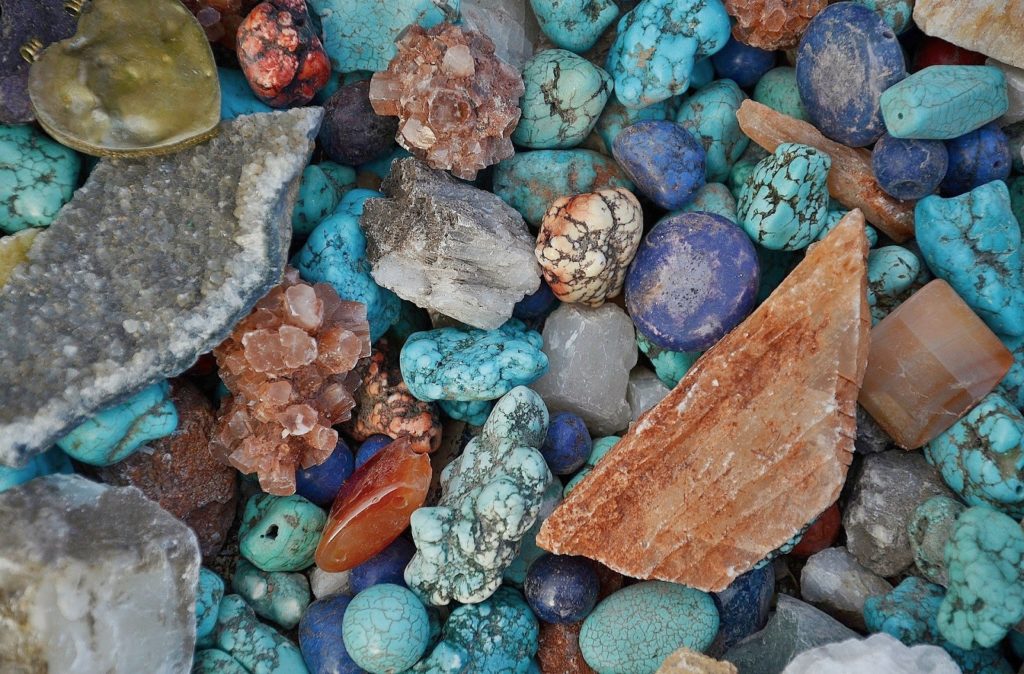
Rocks are composed of one or more minerals, which are inorganic compounds that occur naturally on earth. Common minerals that most people are familiar with include quartz, amethyst, gypsum, and table salt. Precious gems like diamonds, emeralds, and topaz are also minerals. They can occur naturally as crystals, in veins between rocks, or they can grow alongside other minerals to form different types of rocks.
Rocks can also contain organic content, such as coalified plant matter or fossils. Utilizing the rock’s minerals, texture, and structure, geologists can organize them into three primary categories based on their origin: igneous, sedimentary, and metamorphic.
Three Types of Rocks
Igneous
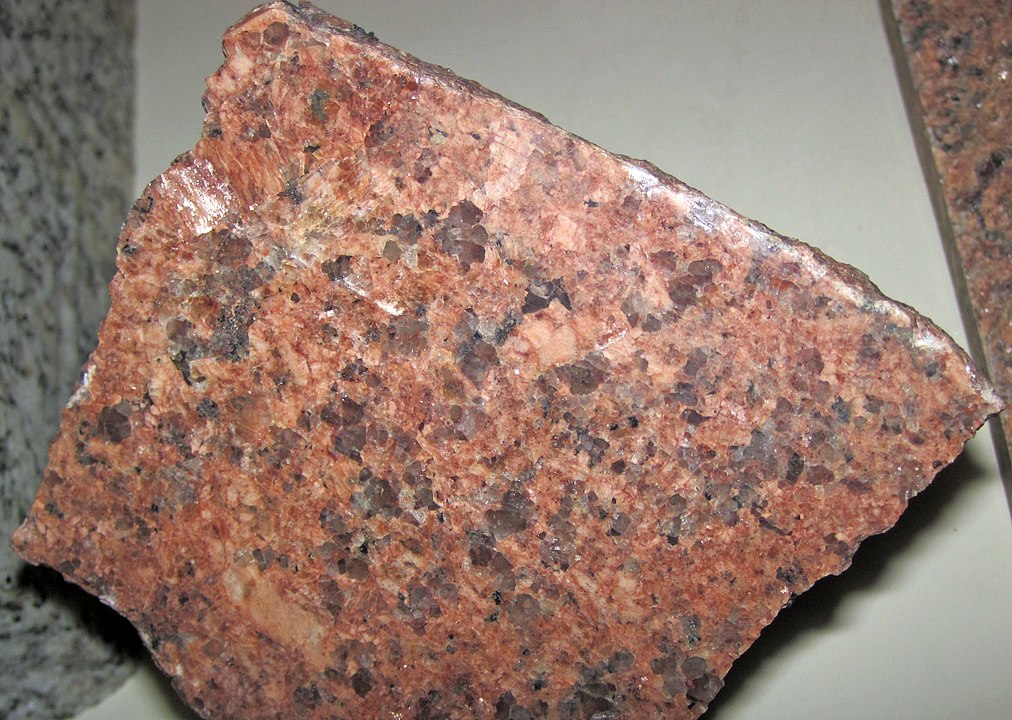
Igneous rocks have perhaps the most fascinating origin (in my opinion, at least!). Their genesis begins underneath the earth’s surface as magma circulates beneath the brittle crust, which is the outermost solid layer of the planet. Magma occasionally bubbles up towards the surface, but doesn’t make it all the way. This magma can then cool and solidify into what we call intrusive igneous rock. Granite is the perfect example of this type of igneous rock—and it is the most common rock on the continents! Intrusive rocks only form beneath the earth’s surface, yet occasionally the magma can force its way to the surface. At that point, we call it lava. When lava cools, it forms extrusive igneous rock. Any volcanic rock is considered extrusive. Pumice (that you may use in the shower!) is an extrusive igneous rock, along with basalt, obsidian, and many more.
Sedimentary
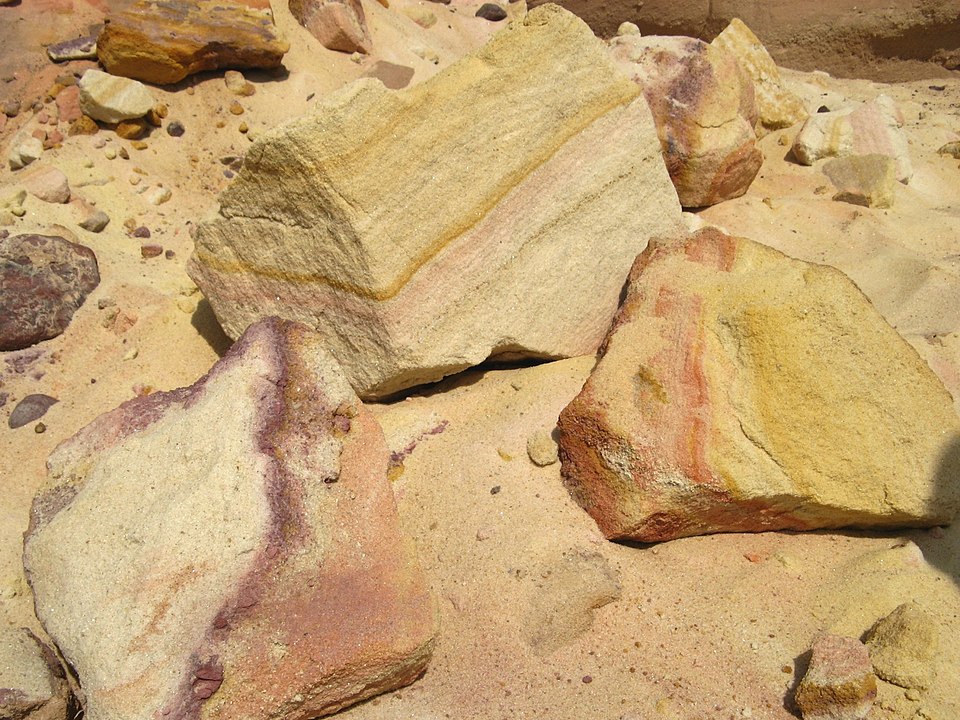
Most sedimentary rocks form when particles or sediments build up and undergo lithification, which is the process that compresses and cements those sediments together to form rock. Layers of sediment by themselves (like what you walk on at the beach) are not rock layers. Lithification must occur first! Geologists then look at the size of those particles to further classify them. For example, rocks with small particles readily seen with the naked eye are classified as sandstone.
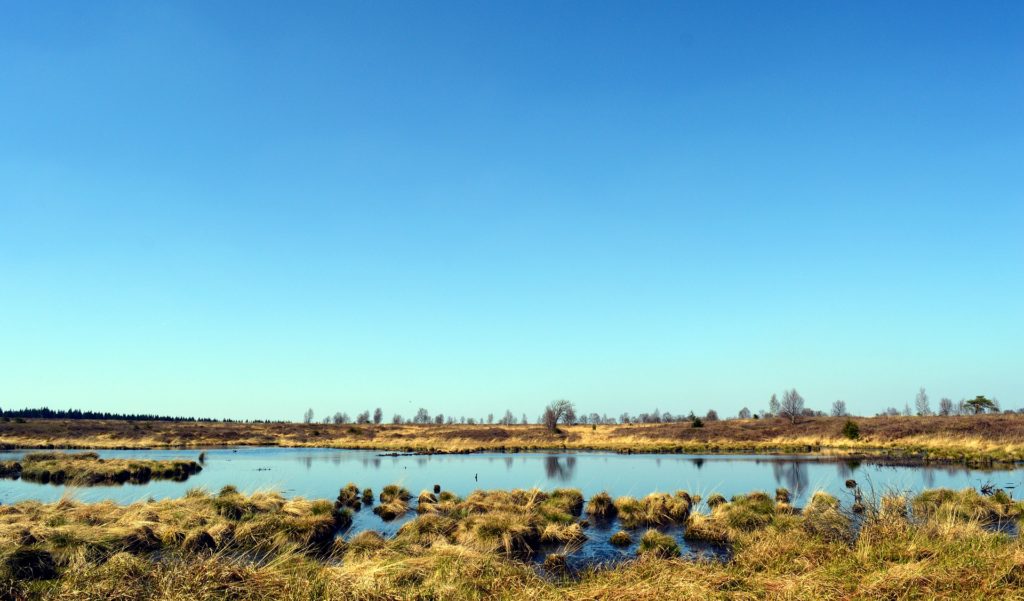
If organic material is also heavily present within the rock (such as clamshells or leaf imprints), geologists use the term organic sedimentary rock. Coal is a rather unique organic sedimentary rock where peat has undergone heat and pressure to form a high-carbon combustible rock.
Lastly, some sedimentary rocks are chemical, which means that they have formed in unique chemical environments, typically through evaporation or precipitation. Most salts form in this manner, including halite, the table salt you use in your dinner!
Metamorphic

Metamorphic rocks are those that have undergone change by heat and/or pressure. The “parent” rock is the original rock before it has gone through this alteration. It can be either sedimentary, igneous, or even metamorphic beforehand! Often, when layers of rock get buried deeper and deeper, the pressure and resulting heat cause the minerals in the parent rock to move and change. It is important to note, however, that metamorphic rocks do not melt. If they did, they would actually become igneous rocks!
Geologists typically sort metamorphic rocks into two groups: foliated and non-foliated. Foliated means that the crystals inside these rocks have started to grow perpendicular to the force of pressure. An example of this is gneiss, which you may recognize in tile flooring. In contrast, the crystals in non-foliated rocks do not grow in a preferred direction. Limestone that has undergone metamorphism turns into marble, which is an example of a non-foliated metamorphic rock.
The Rock Cycle
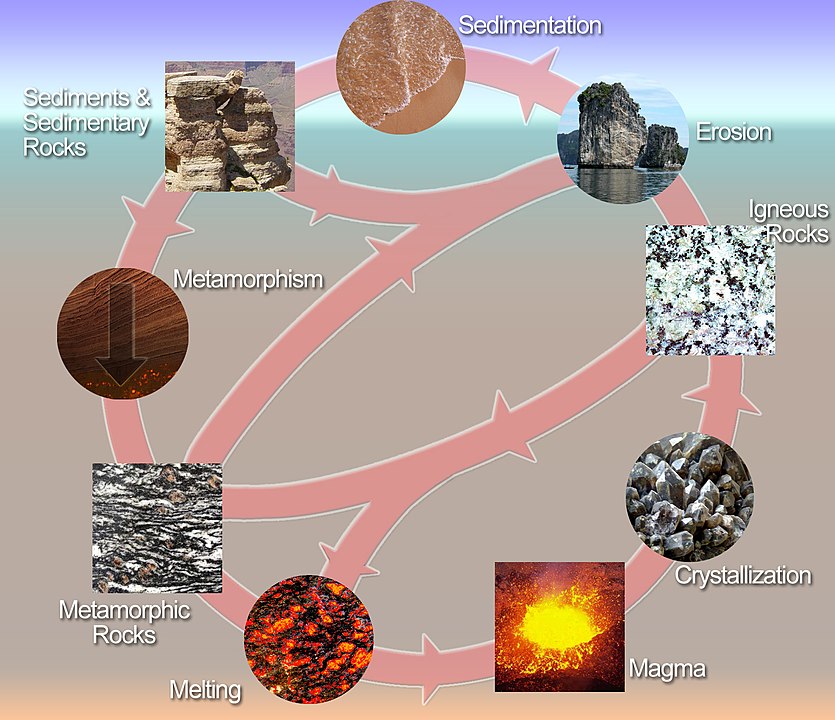
These three types of rocks are intricately related and fundamentally connected to each other in a sequence we call the rock cycle. Magma from deep within the earth comes to the surface as lava and cools as igneous rock. At the surface, it is exposed to the elements and undergoes weathering and erosion. Water and wind transport and deposit these sediments and, over time, those layers build, up eventually lithifying under pressure to turn into sedimentary layers. As the heat and pressure continue to build, they might turn into metamorphic rock. Once the temperature rises enough, the rock melts to form magma, where the cycle may begin again. The rock cycle doesn’t always have to go in that particular order, though! For example, metamorphic rock can get exposed at the surface and get weathered to form sediments, thus providing the material necessary for the formation of sedimentary rocks.
Dating Rocks
Relative Dating
Relative dating is not the same as assigning numerical dates to rocks. Instead, this method uses fundamental principles that determine the rock’s relationship to surrounding rocks in the order in which the strata formed. The clearest example would be found in an area where the rock layers are sedimentary and remain horizontal. In that case, we would know that the lowest layers represent the oldest rocks, and the topmost layers would represent the most recent rocks.
However, in most places around the world, piecing together the “order of events” is not so straightforward. Earthquakes, volcanic eruptions, and other such events cause things to get more complicated. Rock layers may bend or fold or tilt—sometimes they might even flip upside down! Nonetheless, geologists can use these foundational principles of sedimentology and stratigraphy to carefully piece together the geologic history in a given area.
Absolute Dating
Absolute dating utilizes radioactive isotopes to estimate the age of the rocks. In a coming geology article, we will discuss this in more detail. For now, it is useful to note that while the assumptions used in this method may not give us accurate, specific, and definitive dates on rocks, they have the potential to be useful in assigning relative dates to each other. They could help us understand which rocks are older or younger than others, while not giving us definitive ages.
What is the Lithostratigraphic Column?
Strata = Layers
The surface of the earth’s continents is largely made up of layers of rock called strata, which can vary greatly in size. Some are as thin as a sheet of paper while others can be many meters in thickness. Layers form in a horizontal fashion, one on top of the other. So when we find layers that have been folded, faulted, flipped, or shoved on top of other layers, we know something very powerful interrupted this natural process. These layers stack on top of each other and form vast columns of rock.
Litho-What?
Since the early days of geology, scientists have noticed peculiar trends and patterns in the rock record. One layer may consist of sandstone, while the one on top may be shale. Geologists can identify these patterns to compile what they call a lithostratigraphic column (“litho” = earth, “strati” = layers, “graphic” = drawn, as in the chart).
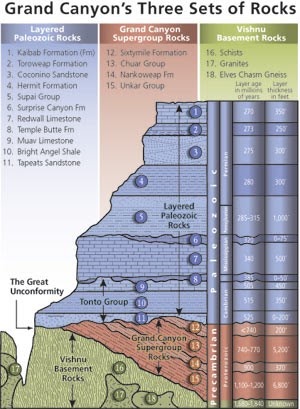
You may have heard some use the layman term “geologic column” instead. Geologists categorize layers of the lithostratigraphic column based on rock type, what fossils they contain, and other criteria. The lithostratigraphic column is more complete in some places than others. In places where it is more complete, geologists can get a better idea of how the earth’s surface has developed over time. One great example is the Grand Staircase in the American southwest; there, almost all of the earth’s main geologic systems are exposed for our viewing. If you were to walk from the bottom of the Grand Canyon in Arizona to the top of Bryce Canyon in Utah, you could almost literally walk through earth’s history, from the time of its origin to the present day.
Cross-Correlation
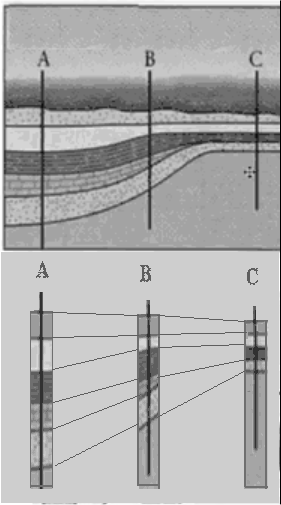
Once geologists have identified the overall patterns and trends of a local lithostratigraphic column, they can compare their patterns to columns in other regions. Maybe a geologist in the Grand Canyon has identified the same sequence of sandstone, shale, and limestone layers as a geologist working up in the Rocky Mountains. We call this matching process lithostratigraphic correlation, something taught in most introductory geology courses.
We find column matches not only across states or countries but across whole continents. Even though there are huge distances separating one exposed lithostratigraphic column from another, geologists can quickly point out matching layers that span across the gap. Geologists do extensive fieldwork and research to track strata across the world.
What’s in a Name?
You’ve undoubtedly heard of the film Jurassic Park. The premise of this action-packed movie is that modern scientists bring back dinosaurs using DNA extracted from the stomach of an ancient parasitic insect. Some of the most famous dinosaurs are found in the Jurassic time period, hence the name for the film. But why name these layers at all? Other than for cool movie titles, of course.
Well, it serves as a sort of classification system for earth history. Just as taxonomy is helpful to biologists, the geologic column is helpful to geologists. It helps to connect rock layers from around the world and to understand each unit’s role in time and earth history. Geologists divide it into large, general categories, and then further break them down into smaller, specific units.
The rock record consists of four major eras, from oldest to youngest: the Proterozoic, the Paleozoic, the Mesozoic, and the Cenozoic. While scientists may disagree with the length of time in each era, they still represent some span of time (like days, weeks, years, etc.). Each of these eras they then divide into periods. For example, the Mesozoic consists of the Triassic, Jurassic, and Cretaceous. They can further subdivide these, as well, if the research so necessitates it.
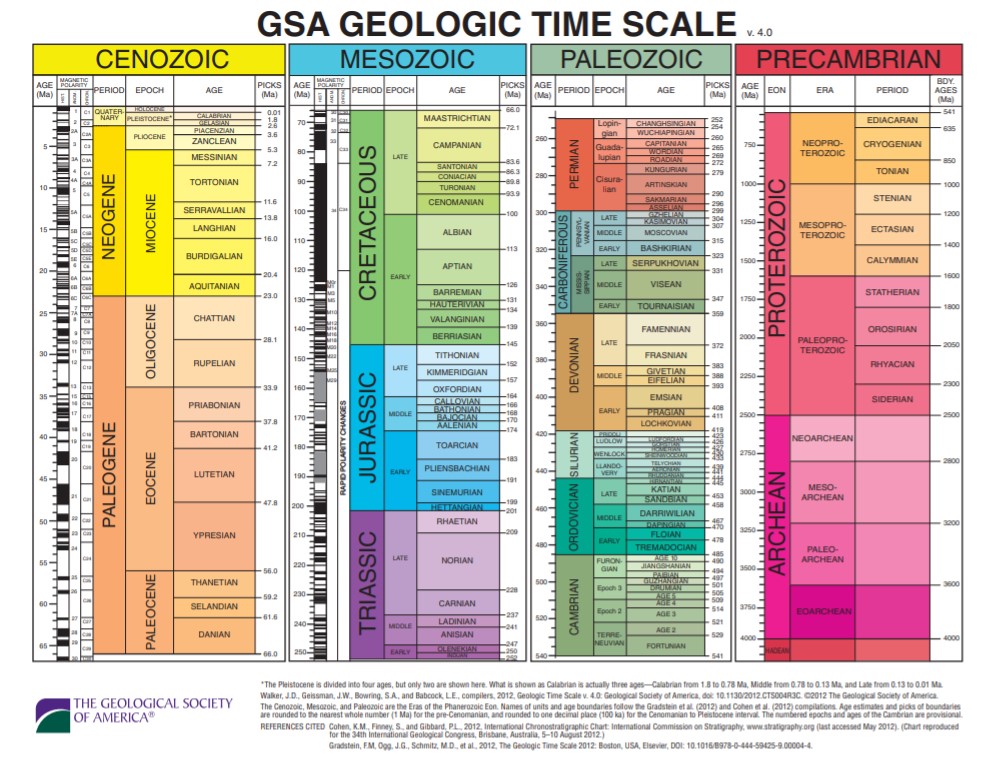
To read more about a creation perspective on this, read “Where is Noah’s Flood in the Geologic Record?” and “Can Flood Geology Explain the Geologic Column?”
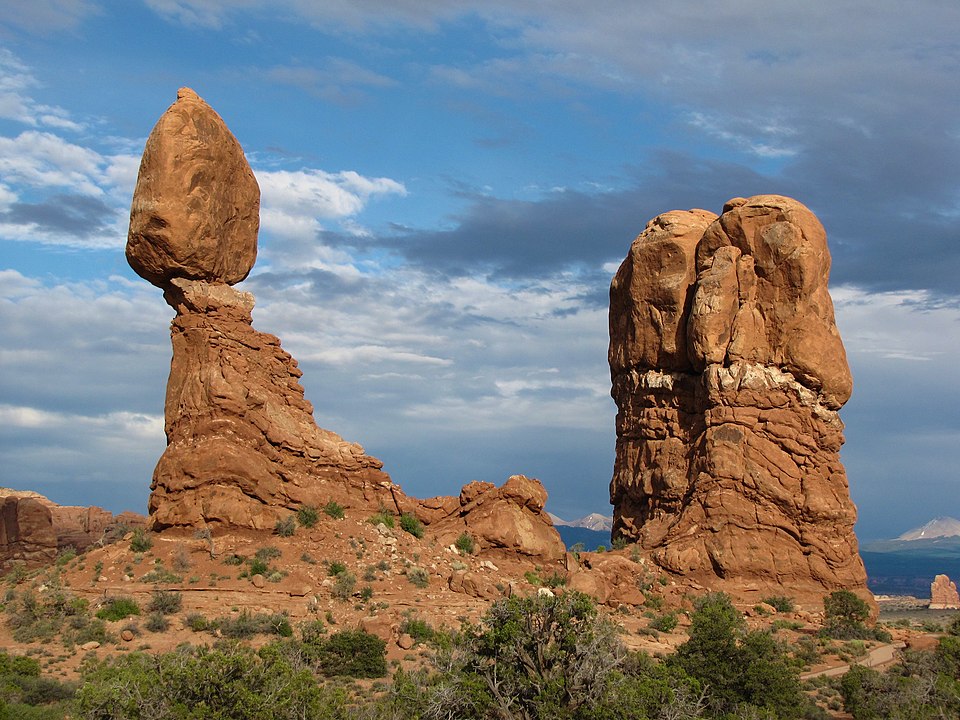
Conclusion
Geology is a fascinating field of study—and it’s about more than just rocks! While we’ve barely scratched the surface, we hope that this has given you a good foundation on which you can continue your own research and creation investigation.
We have more articles on some in-depth geology topics if you are interested in digging deeper.
- Criteria for Determining Flood Strata and Boundaries
- The Coconino Sandstone: Implications for Flood Geology
- Can Flood Geology Explain the Geologic Column?
- When Rocks Bend

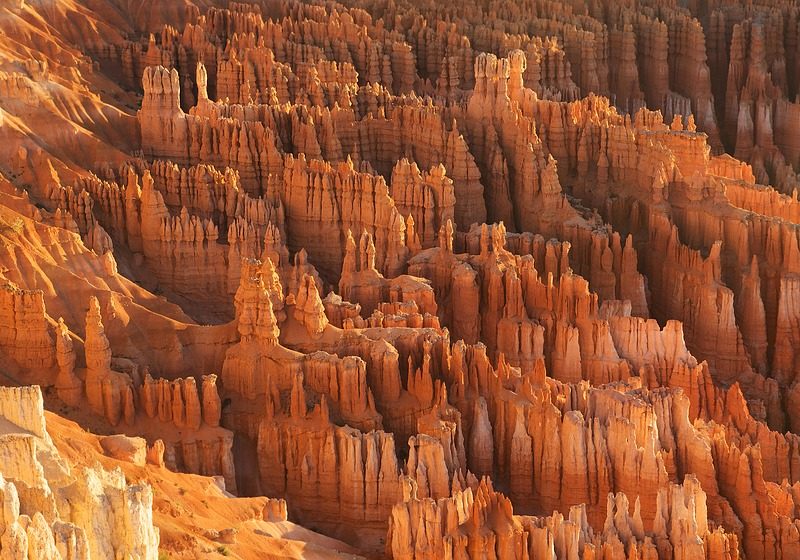
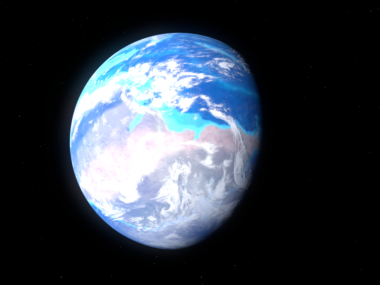
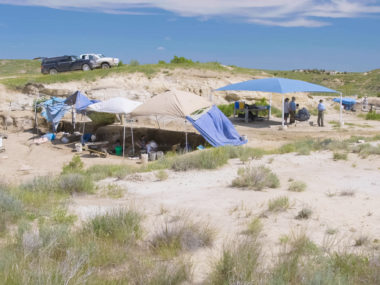
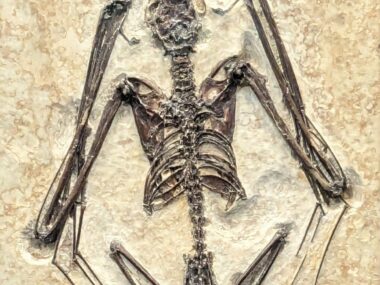

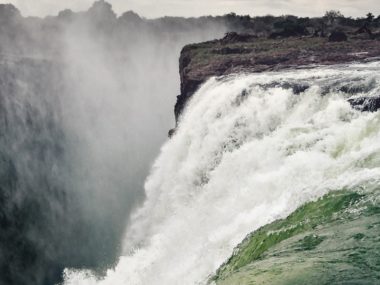
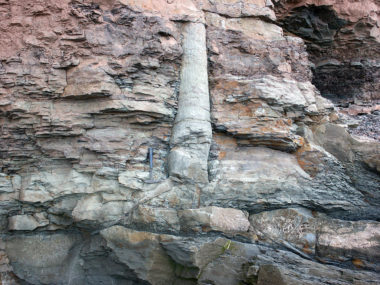




Wow! Just discovered your New Creation website. Absolutely educational and most enlightening! What amazes me most is all the science articles are offered free, while less qualitative materials are available at colleges and universities for exorbitant tuition fees—and no creationism. Are not all the known laws of the Universe created by God for men to discover? Brilliant minds like Isaac Newton knew the truth! Praise God for websites and organizations like New Creation. I’ll be doing a lot of learning right here and, thus, contributing to your creationist worldview with a $100 donation today. Your presentations are magnificent!
Thank you very much for you comment and generous support! We are so happy to hear that this blog has been helpful to you.
-Noel
Well done! I ran across this website just this afternoon and I’ve been reading and listening for hours. VERY good presentation. I spent my career as a Spanish and Bible teacher but I might have found being a geologist very fulfilling – IF the Lord had nudged me that direction. So, instead I’ll feast right here on your excellent presentations! I love rocks!! Thank you for what you’re doing here. It gives glory to God!
Hi Tom,
Thank you for your kind remarks. I am glad that you are enjoying the blog!
Thank you for all the doing leg work on creationism. It helps me to understand it better. I can confidently discuss it intelligently. If not I can point people in the “Is Genesis History” direction.
Hi Loretta,
I am so glad that you have gained confidence in your understanding of creationism!